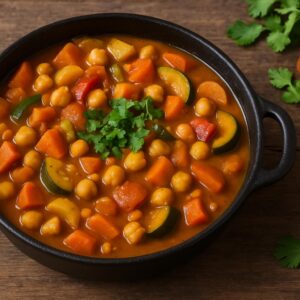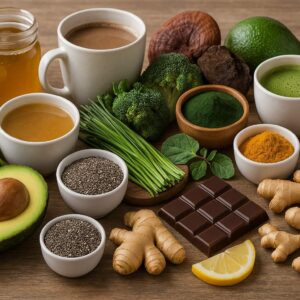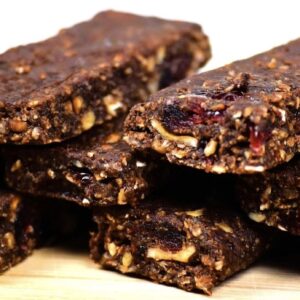“totally gut healthy, super nourishing and packed full of flavour”
what you need:
2kg beef bones (if possible use bones from organic, grass fed beef. A mix of marrow, knuckle and meat bones)
2 medium carrots, roughly chopped
1 medium onion, roughly chopped
1 garlic head, halved crosswise
2 celery stalks, roughly chopped
2 bay leaves
handful mixed fresh herbs (parsley, rosemary, thyme), chopped
2 tbsp black peppercorns
¼ cup apple cider vinegar
3 litres filtered water, preferably room temperature
what to do:
For more flavour, you can roast the beef bones beforehand.
Preheat the oven to 230 °C. Place beef bones on a roasting tray and roast for 20 minutes. Toss the bones and then continue to roast until deeply browned, another 10 to 20 minutes.
Once roasted, place the bones in a large, heavy based stockpot or large slow cooker (6-7 litre minimum). Cover the bones with water and then add the remaining ingredients.
On the stovetop:
Bring to the boil over a medium heat, removing any foam that rises to the top. Cover and reduce heat to a simmer for at least 6 hours up to 24 hours. (If you do not want to leave the stove on overnight, turn off and then continue simmering the next day)
In the slow cooker:
Cook on low for at least 6 hours up to 24 hours.
The longer you simmer the broth, the more nutrient rich your broth will be. If you are simmering longer, add more water to the broth to ensure the bones are fully submerged.
Once broth is ready, remove the pot from the heat and cool slightly. Placing the pot in a sink of cool water can assist this process. Using a fine mesh sieve, strain the broth into jars or containers and discard the bones and vegetables. Let the broth to continue to cool until room temperature and then refrigerate.
The broth can be frozen. Make sure you use a container size that is equal to the servings you would normally use and ensure there is a space at the top of the container to allow the liquid to expand.
how to use:
- On its own as a snack or beverage (sprinkle some wakame flakes for your
- Simmer in a small saucepan and poach eggs, spinach, mushrooms (or other veggies of your choice) for a nourishing breakfast
- Add to stews, soups, sauces and curries.
- Cook rice or quinoa in the broth, to make the most of the broth use the absorption method











